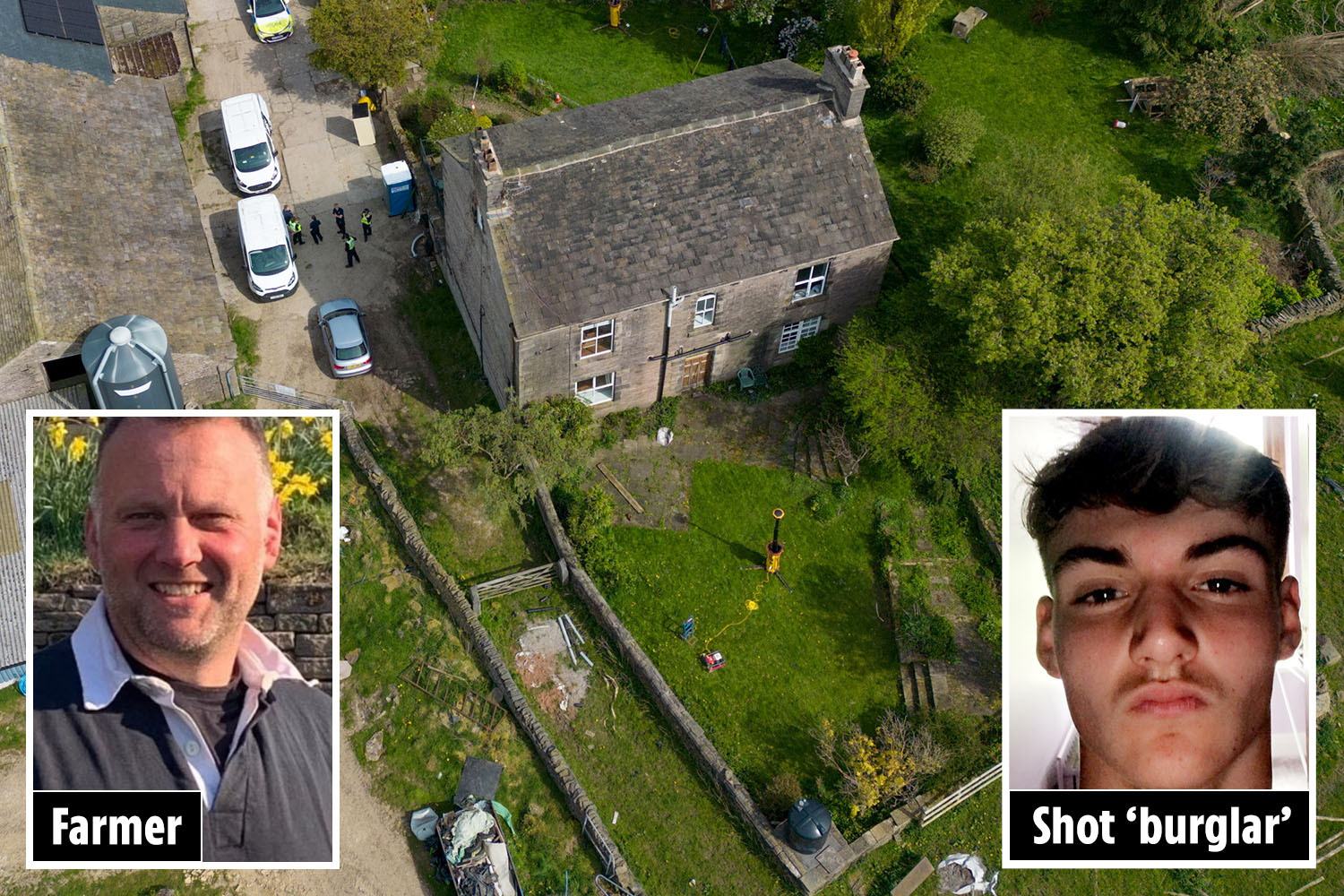
From a ‘lost city of gold’ to a mysterious giant chamber complex – three most jaw-dropping Ancient Egyptian discoveries
ANCIENT EGYPT is one of the most well-studied periods in history and archaeologists are still uncovering major finds to this day.
We've rounded up three of the biggest Ancient Egyptian discoveries in modern history.
In April 2021, The Egyptian Ministry of Antiquities announced the discovery of a city called The Rise of Aten.
It dates back to the reign of Amenhotep III, which occurred around 3,000 years ago.
The city was discovered during an Egyptian mission near Luxor.
Experts hailed it the most "important discovery since the tomb of Tutankhamun."
It was also nicknamed the "Golden City of Luxor" and became “the largest” ancient city ever found in Egypt.
The "Golden City of Luxor" was mentioned in ancient texts, which led many experts to try and search for it over the years.
ABU SIMBEL
Abu Simbel is a site known for two huge rock-cut temples, with some of the most amazing rock facades dating back to Ancient Egypt.
It was built by Ramesses II in the 13th century BC.
Most read in Science
The temples contained mysterious chambers so complex that the sunlight illuminated a statue of Ramesses II twice a year when the sun lined up with the temple entrance.
The site was discovered in 1817 but in 1960 the entire complex was moved and rebuilt on higher ground due to the creation of a new dam.
TUTANKHAMUN'S TOMB
King Tutankhamun is the most famous of Egypt's ancient pharaohs.
He ruled Egypt more than 3,000 years ago from 1332 to 1323 BC.
Tut is known as the "boy king" as he was just 10 years old when he took the throne.
The young pharaoh is also famous for the supposed curse that haunts his tomb.
After the tomb's discovery in 1922, archaeologists and even their family members died from horrible illnesses or in strange accidents – and some say the deaths weren't a coincidence.
Tutankhamun and a lot of the items in his tomb have since been moved to the Grand Egyptian Museum in Cairo, Egypt.
Curse of the Pharaohs – who died after King Tutankhamun's tomb was opened?
Tutankhamun's tomb was opened on November 29, 1922. These are the deaths that followed...
- Lord Carnarvon (died April 5, 1923) – a financial backer of the excavation, he died from an infected mosquito bite
- George Jay Gould I (died May 16, 1923) – a tomb visitor who died from a fever following his visit
- Prince Ali Kamel Fahmy Bey (died July 10, 1923) – an Egyptian prince who was shot and killed by his wife
- Colonel The Hon. Aubrey Herbert, MP (died September 26, 1923) – the half-brother of Lord Cardnarvon, he died from blood poisoning related to dental work
- Sir Archibald Douglas-Reid (died January 15, 1924) – the radiologist who X-Ray Tut’s tomb died from a mysterious illness
- Sir Lee Stack (died November 19, 1924) – the Governer-General of Sudan was assassinated driving through Egypt’s capital, Cairo
- A. C. Mace (died April 6, 1928) – a member of Howard Carter’s excavation team, he died from arsenic poisoning
- The Hon. Mervyn Herbert (died May 26, 1929) – another half-brother of Lord Carnarvon, he died from malarial pneumonia
- Captain The Hon. Richard Bethell (died November 15, 1929) – Howard Carter’s personal secretary, he died from a suspected smothering in a Mayfair club
- Richard Luttrell Pilkington Bethell (died February 20, 1930) – father of Richard Bethell, he supposedly threw himself off his seventh floor apartment
- Howard Carter (died February 16, 1923) – Carter opened Tut’s tomb, and died aged 64 from Hodgkin’s disease. His older brother William died the same year










